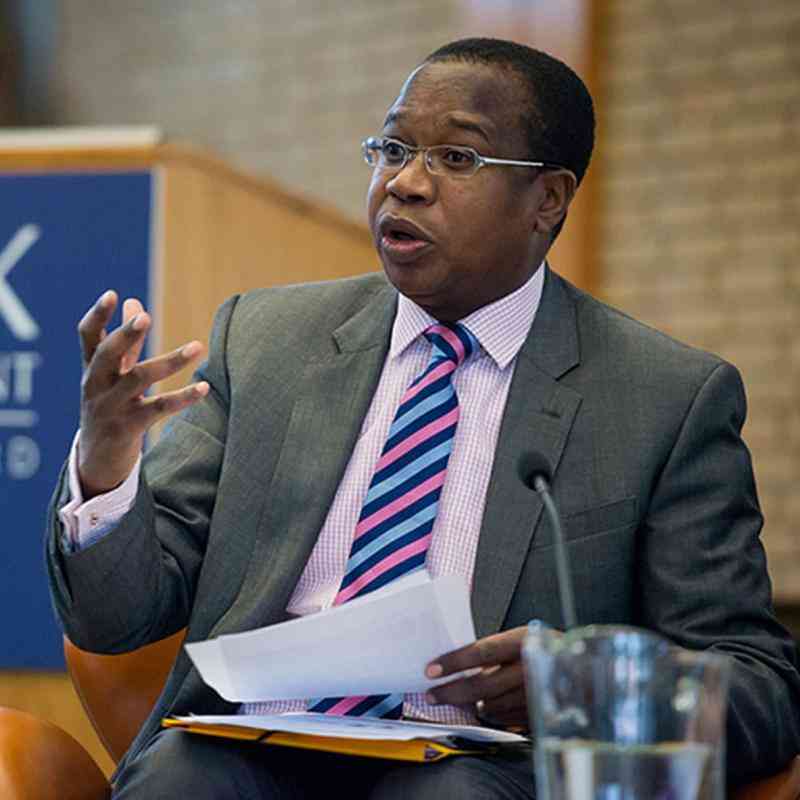
THERE is a fundamental error in analysis to either applaud or deride the newly-introduced ZiG.
We all seem to be caught up in fiat currency dynamics yet this is a structured currency. It is a challenge because a generation born and or educated after 1972 was taught and has had only an experience with fiat currencies.
This is a new territory as there has additionally been a move away from gold coins which were for preservation of value to ZiG which is for transactions. The whole country will be learning something new. In urbane lingo we say it is a difficulty.
We are the only country in the world using a gold standard. While at it, we are having to follow gold spot and futures at an individual level something we used to not care about and at best gave the job to our financial experts.
In most of its reports the International Monetary Fund does not like this gold thing at all presenting to us a huge risk on investment, sovereign risk, borrowing and interest rates. It may internalise growth increasing the noise in the mantra nyika inowakwa ne vene wayo.
The fiat currency failed because each cycle of change ever since the war veterans-induced black Friday in 1997 did not survive. It is increasingly becoming difficult to believe in what the preacher is saying when we the congregants are fully aware of the deceitful nature of the preacher.
This idea of a structured currency is a challenge because it is pretty complex yet money should be a very simple concept that enables an illiterate grandmother in Tanda or a six-year-old in Makokoba to understand it. It is not so. It is even a very big challenge for accountants specifically for financial reporting at least for year 2024.
With all these challenges a fiat currency may actually work and should be given a chance. It depends mostly on whether the infidel preacher has shown congregants that he has reformed.
- Dual economy Zim’s Achilles heel
- Village Rhapsody: How Zimbabwe can improve governance
- Dual economy Zim’s Achilles heel
- Scrap IMTT to save industry, govt urged
Keep Reading
The key ingredients to success is to ensure the gold actually exist, that additional money printed is equivalent to additional gold deliveries, ability of the country to transact more and more in ZiG to continually de-dollarise, if politicians give the governor unfettered control and that the politicians especially number one and politburo do not change their minds, and if crony capitalists agree to loss of arbitrage opportunities, that movers and shakers of exchange rate mainly contractors and exporters are paid in this ZiG and use it in that format and above all that the monetary policy team has people of high integrity and skills.
Due to indecisiveness and lack of will the ghost of multi-currency will haunt us as people will continue chasing the US$ as it is easy to understand and use.
ZiG is a chance for President Emmerson Mnangagwa to leave a legacy of a currency but there are fundamental challenges he has to deal with and quite a number of questions to answer as I try to articulate below:
- Zimbabweans do not mostly worry about the message but the messenger. We either applaud or deride those we like or dislike despite content or ideas. We know Reserve Bank of Zimbabwe governor John Mushayavanhu and is judged as a confidante of the President. Without knowing the other independent people with integrity and skill who are part of team managing this money, its chances of survival diminish.
- At the launch the governor conceded the central bank printed or would print ZiG equivalent to the bond notes in circulation. Without knowing how much of the bonds are in circulation and further if they are less or more than the gold and currency reserves will be another direction towards the abyss. It would have been wiser if the governor had assured the public that what he printed will be just enough to be covered by gold.
- Broader money is created by bank lending. With ZiG at an exchange rate of 13 it means appetite for borrowing will be high because of likely lower interest rates. This creates new money. It is going to be this bank novel quantitative easing.
- Zimbabwe has over US$2,5 billion in its nostro accounts. Most of it is besides just US$1 billion is in real tangible money. In what way will this excess be liquidated now or in the future? Those who remember the gedye gedye theatrics will know that the so-called first republic was creating fathom money and digging a hole each time we transacted as the US$ did not actually exist. John 1.0 [Mangudya] had to decide to collectively punish everyone with gedye gedye to cover the hole. Will this not impact banking and trust in banks?
- Zimbabwe is undertaking massive projects mostly in roads and dams funded by internal resources. Ideally projects are funded by long-term funds. The movers and shakers of currency have been traditionally the contractors who off loaded Zimdollar receipts to obtain US$ on the market. Are these ZiGs sufficient to fund projects without resorting to print? And will the contractors incur costs in ZiG, pay employees and use their share without offloading them to acquire US$.
- The importers are expected to surrender 25% of export proceeds. Is there enough ZiG gold for the export cover? I think we are too poor not to use our export proceeds just for us to sustain a currency.
- Rhodesia started keeping gold in vaults in 1894 and it was handed over to Zimbabwe. Over the years the central bank annually revealed gold reserves. To imagine since 1894 our gold is a mere 1,1 tonnes is shocking. What will be the solution to any national challenge or disaster like the impending drought without selling gold?
It is my idea that most of the issues around the ZiG may be solved by a more independent central bank, third-party control of gold, periodic valuation by independent auditors, a currency board with independent board members, politicians changing their ways and investment in stakeholder buy-in.
The ultimate solution to our perennial currency quagmire is to adopt just one currency and ban local use of anything else. Zimbabwe must be able to make its money and to do that it just requires competence.











